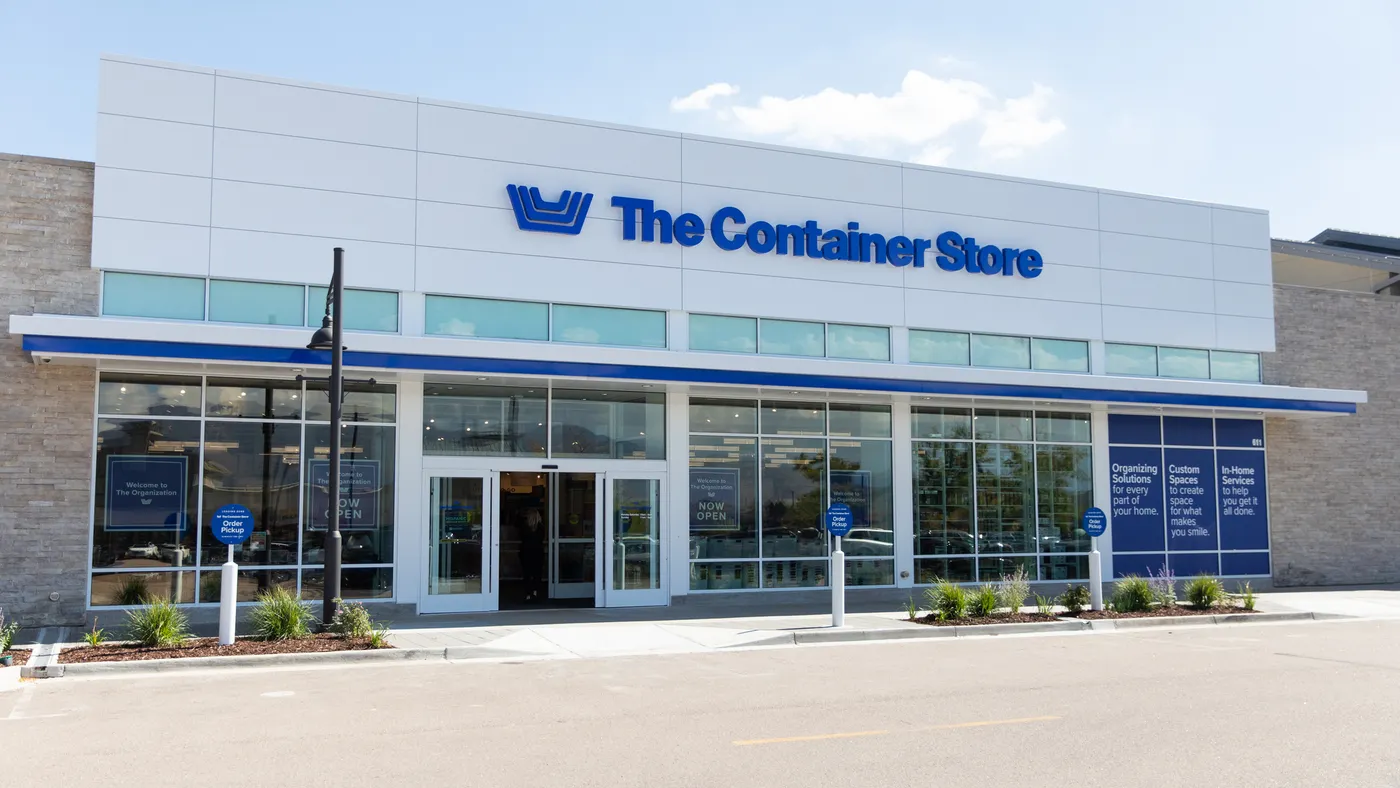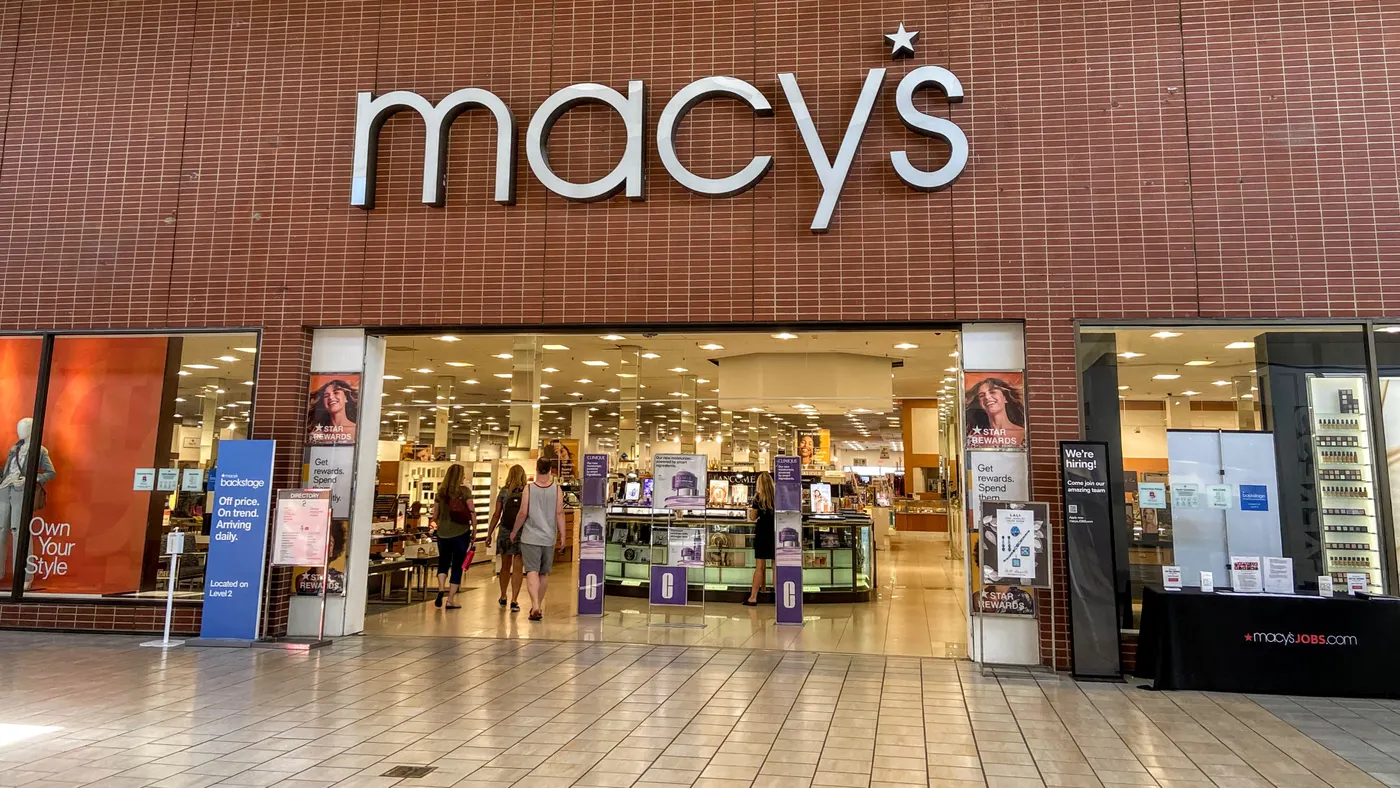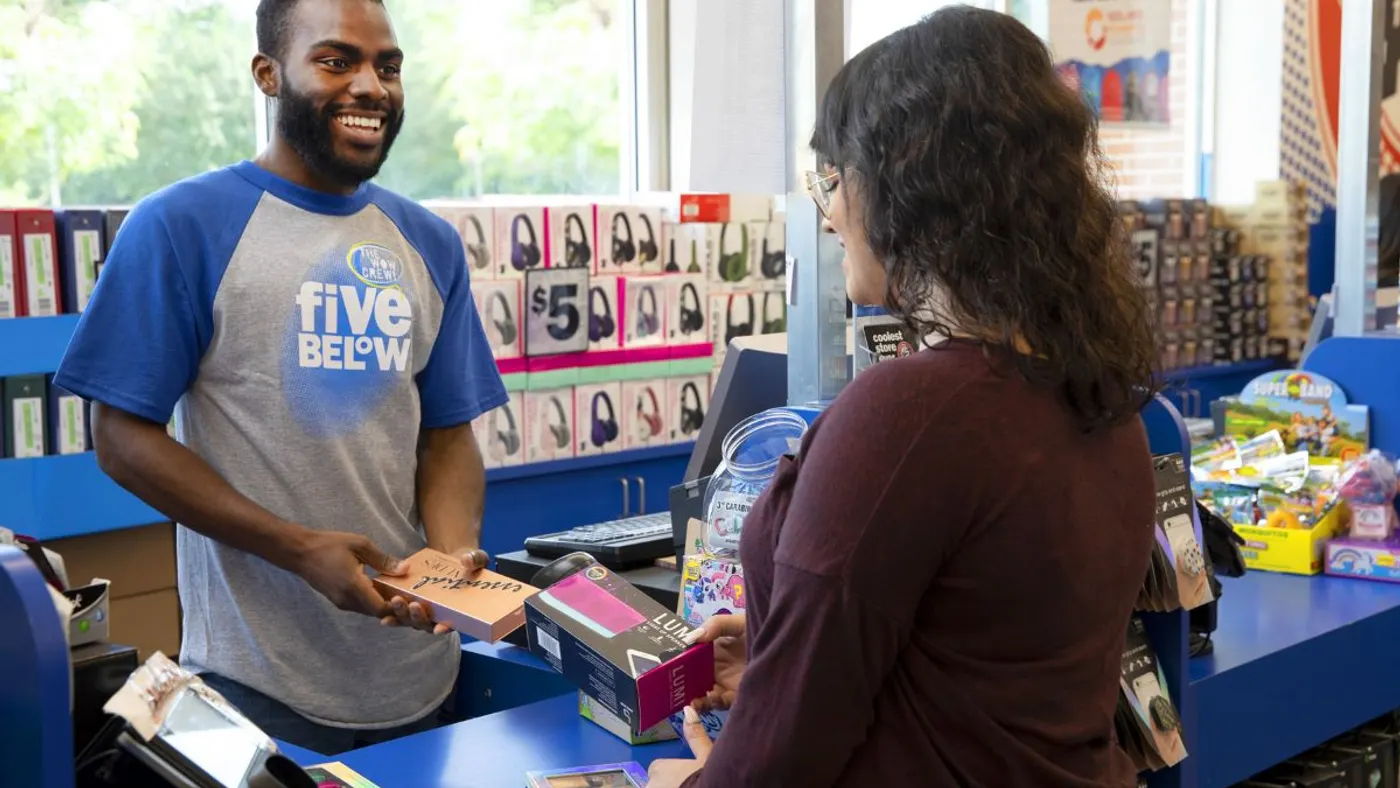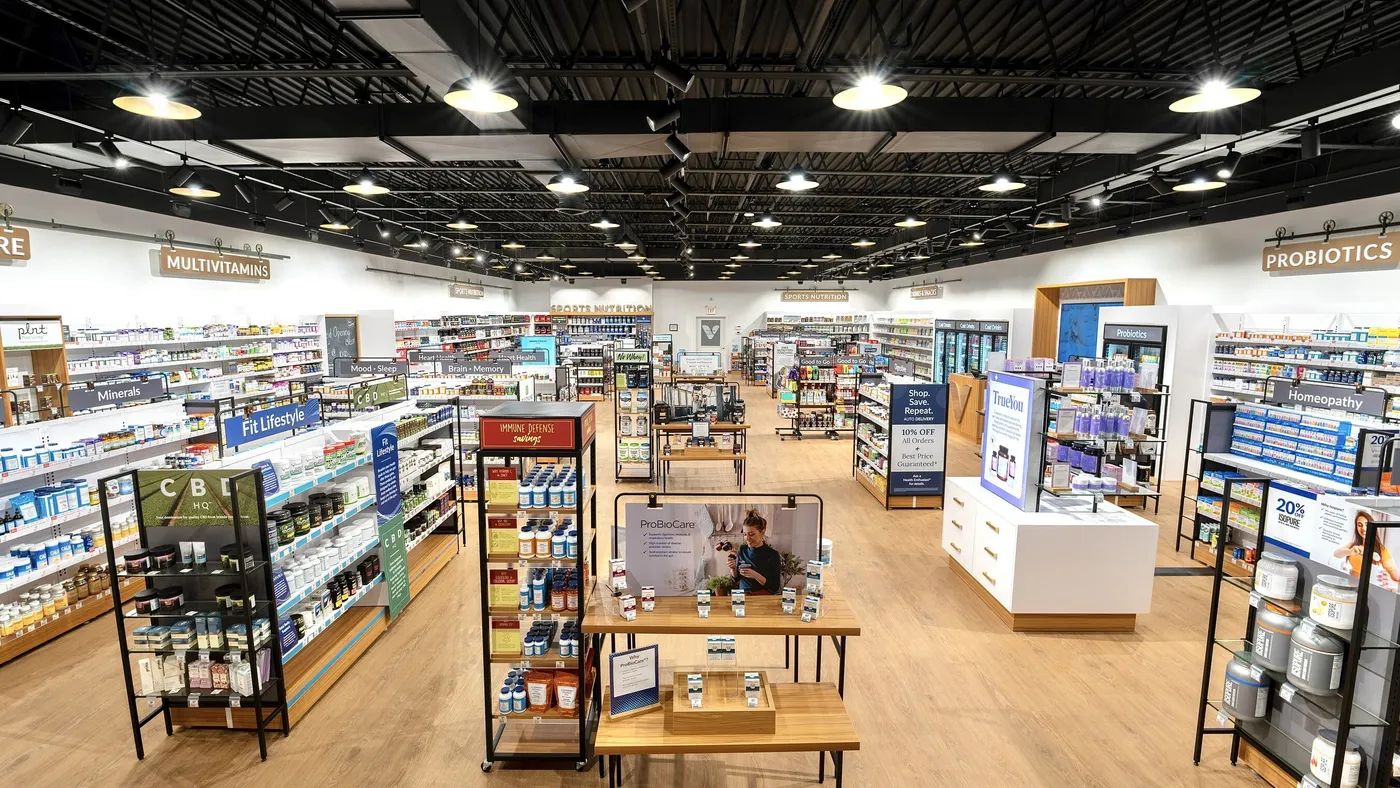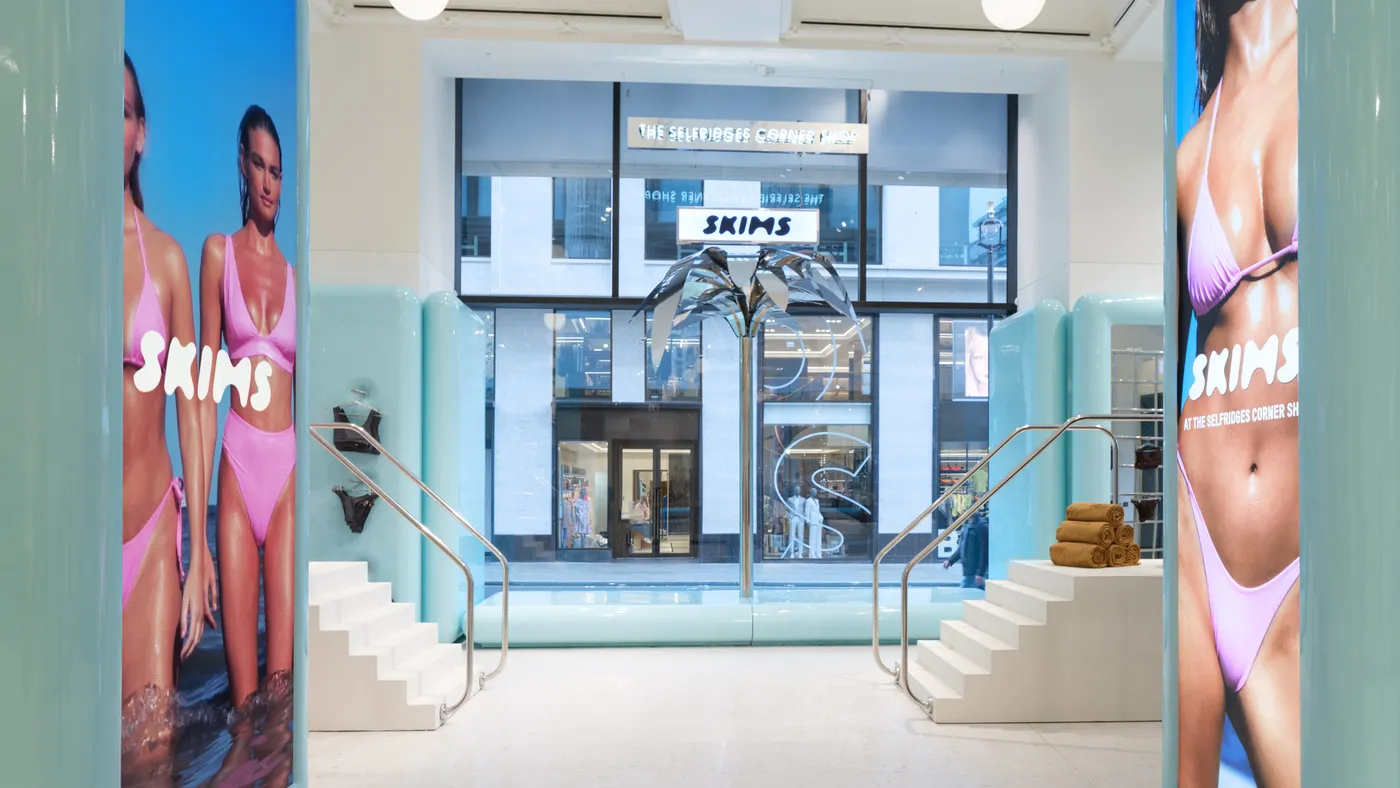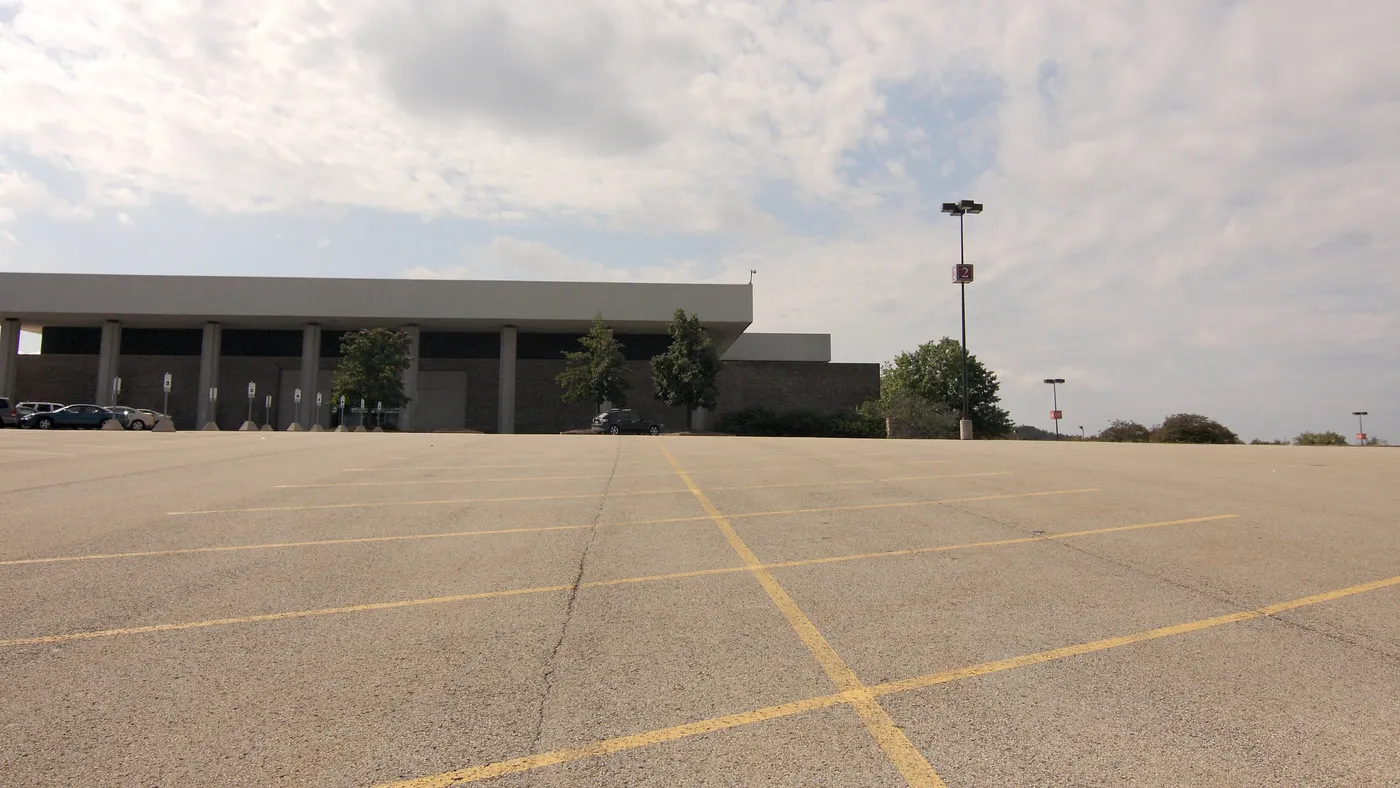
Foot Locker unveils new store concept in ‘critical year’
Foot Locker is sending its stores back to the changing room.
The retailer’s first store of the future concept, which CEO Mary Dillon teased in an earnings call last month, opened Wednesday at the Willowbrook Mall in Wayne, New Jersey. Another one will open in Paris next week, ahead of the Summer Olympics, and more are planned for Melbourne, Australia, and Delhi, India, later this year. The new format fixes a number of problems the team had identified, including a lack of a cohesive store experience.
“Even though we have nearly 1,800 global Foot Lockers, we haven't always had the most synchronized store brief and expression. And so this is an opportunity to really start on a journey to synchronize that,” Chief Commercial Officer Frank Bracken said in an interview. “A lot of our store designs in the history of Foot Locker have been really honestly male-dominant in terms of like, ‘Let's establish the male footwear and apparel sections, and then we'll build women's and kids around it.’ And this was really holistic in terms of all the consumer journeys: men's, women's and then family with kids.”
The women’s section will be brought forward to the front of the store and will feature more storytelling around trends in the sneaker space — colors, silhouettes or other hot topics — as well as mannequins showing how to style a certain look. There’s also a checkout in the women’s section and at other points throughout the store allowing shoppers to pay where they are versus using a centralized checkout area.

“We gave it really prominent placement in terms of the store layout,” Bracken said of the women’s section, adding that the size is also bigger in the new store. “It's more commensurate with our aspirations for the women's business, not a reflection of where we are today or where we were yesterday.”
While the New Jersey store doesn’t feature a Kids Foot Locker, the retailer’s 34th Street flagship location opening this summer in New York will. The retailer’s approach to that concept includes more space around fixtures to accommodate strollers and a stronger “sense of play and discovery” in the artwork and graphics of the store, according to Bracken. The area includes a space for kids and parents to “meaningfully connect,” per the press release.
Connection as a concept is also seen in a new try-on area. Rather than benches placed throughout the store, Foot Locker’s new format features a 250- to 300-square-foot centralized try-on area that Bracken likens to a campfire. A round, central structure serves as a centerpiece to display product, with seating and additional merchandise displays in an oval shape around it.
“It actually almost feels like a bit of a lounge or a living room vibe within the very center of the store. So it's very intentional in its design and its placement,” Bracken said.
The hope, beyond creating a comfortable space for shoppers to try on shoes, is that it sparks conversations among customers about the latest shoes they’re trying on and creates more of a community feel. Associates are nearby to help and now can check the store’s inventory from handheld tech.
Upgrading Foot Locker
Foot Locker’s business has undergone meaningful shifts in recent years, including bringing on Mary Dillon as CEO, exiting markets and businesses, and shuttering stores amid sometimes serious sales declines. Most notable was an announcement about a year ago that it planned to close some 400 mall-based stores by 2026. Then, in March this year, the company said it would revamp two-thirds of its remaining global Foot Locker and Kids Foot Locker fleets.
Bracken himself calls 2024 a “critical year” for Foot Locker on several different levels. To him, it represents a year where a lot of the retailer’s efforts will come together, from a new loyalty program and app to a new brand platform (launched last year) and now a new store experience. The new store concept is a step toward the broader store experience upgrade, as the retailer will take learnings from the store and apply them to the upcoming revamps.
“The refreshes are a little less capital intensive, I'll put it that way, than a full store remodel, but they come out of the same brief and spirit and store design,” Bracken said. “So the storefront, fixturing, navigation, marketing materials and storytelling is all highly correlated to this new store expression.”
Bracken said the footwear retailer consulted with shoppers around pain points and asked its vendors what’s important to them as it worked on the new format. The lobby of the store has a storytelling component to highlight what Foot Locker is most focused on at a given time, and the retailer changed the layout of the store to offer more marketing opportunities throughout.

“If you look at our current concepts, the majority of the actual floor space is L-driven and fixture-driven and so we created secondary and even tertiary points of footwear storytelling that allows that capacity,” Bracken said, noting an emphasis on showcasing what’s new or important to shoppers.
Sections at the front of the store will now celebrate new releases and trending products. Foot Locker is also working on digital content and other features to tell customers more about the shoes it’s selling in stores. Bracken said the retailer plans to integrate its app into the store experience as well, but the new app hasn’t launched yet.
Shoes can be personalized with special laces in a “Sneaker Hub,” which also serves as a pickup area for online orders and a place to sign up for Foot Locker’s loyalty program. The retailer plans to use that space for special member benefits throughout the year, like additional shoe customization options or gift with purchase events.

The New Jersey location was chosen to pilot all of this for a variety of reasons, including how close it was to Foot Locker’s New York offices, allowing for frequent visits. Bracken said the store also services a good mix of consumers and it’s a strong basketball market.
“Lastly, it's a competitive mall,” Bracken said. “We know our competition is in this mall and we'll get a very fair benchmark and read as to how this performs against itself, but against the competition as well.”
If the new concept performs well, it’s a good sign for Foot Locker’s vendor partners as well. Part of Foot Locker’s recent problems was Nike’s highly publicized move away from wholesale, which it has since adjusted course on. And Bracken sees that as good timing for Foot Locker and its strategic lace up plan.
“There's been a lot of talk recently in the press about the return to wholesale,” Bracken said. “And so we just think the timing is perfect for us to put our best foot forward, to intersect with our brand partners’ strategies and you know, in the context of lace up, we're starting to really put some points on the board and show some green shoots and some proof points that our lace up strategy is taking root.”


